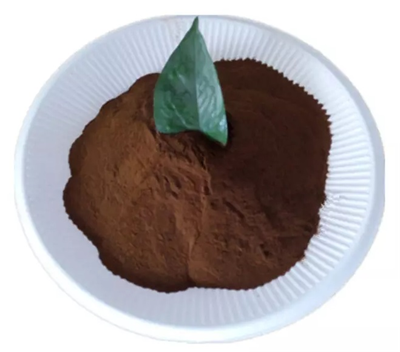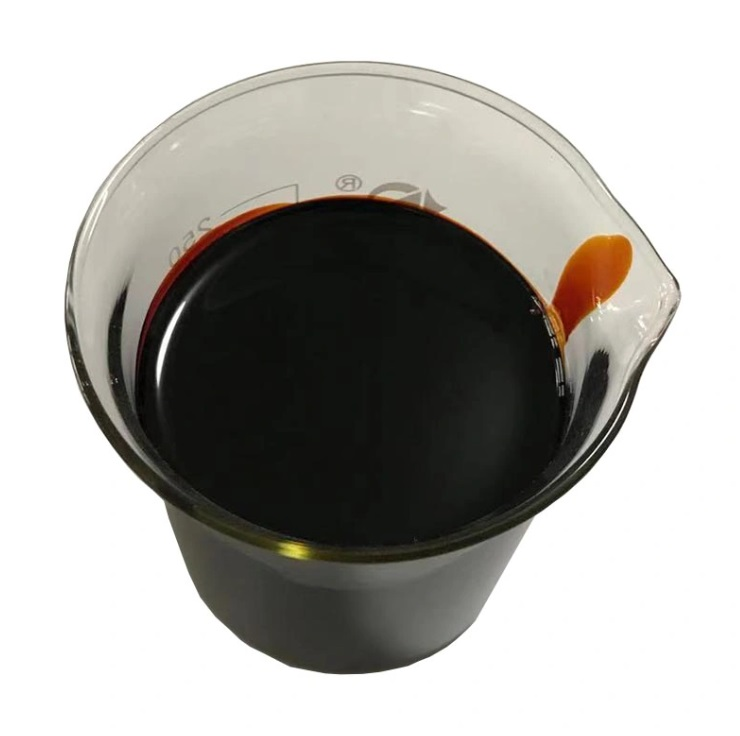Post Date:28,Aug,2023
 Today, the production of dry press forming ceramic tile is continuous production line, powder after press forming into green, green after drying kiln drying, and then after glazing, multiple printing and other processes before entering the kiln firing, because the green before firing in the kiln to go through multiple processes, in the production line conveyor belt need to go through a long distance, If the strength of the original blank is not good, it is very important to easily appear the strength of the bad body, so to a certain extent, it can be said that the feasibility and quality of the product production have a decisive role, especially the poor tile bad material formula raw materials more original bad strength problem, and then improve the bad body by choosing a suitable bad body enhancer is particularly important strength, and lignosulfonate is A more desirable alternative.
Today, the production of dry press forming ceramic tile is continuous production line, powder after press forming into green, green after drying kiln drying, and then after glazing, multiple printing and other processes before entering the kiln firing, because the green before firing in the kiln to go through multiple processes, in the production line conveyor belt need to go through a long distance, If the strength of the original blank is not good, it is very important to easily appear the strength of the bad body, so to a certain extent, it can be said that the feasibility and quality of the product production have a decisive role, especially the poor tile bad material formula raw materials more original bad strength problem, and then improve the bad body by choosing a suitable bad body enhancer is particularly important strength, and lignosulfonate is A more desirable alternative.
When no reinforcing agent is added, the bonding between ceramic billet particles mainly depends on van der Waals force. After adding billet reinforcing agent, the bonding mechanism between ceramic billet particles depends on the molecular structure of the reinforcing agent. As an organic polymer compound with sufficient chain length, sodium lignosulfonate can bridge between ceramic billet particles to produce cross-linking. Forming an irregular network structure. And form a cohesive force, ceramic particles are tightly packed. Before the blank breaks, part of the load applied to the blank is borne by the long chain of the reinforcing agent molecules, because there are many single bonds on the molecular chain that can be rotated internally, this internal rotating single bond makes the polymer chain very flexible and elastic, thereby increasing the strength of the blank.
Due to the high carbon content of sodium lignosulfonate, excessive use will have a certain effect on the burning center of the bad body. The amount of sodium lignosulfonate added in the production of ceramic tiles is 0.1~0.3%, which has a significant strengthening effect on the blank, and can reduce the cracking and fracture of the product in the production process.
Post time: Aug-30-2023







